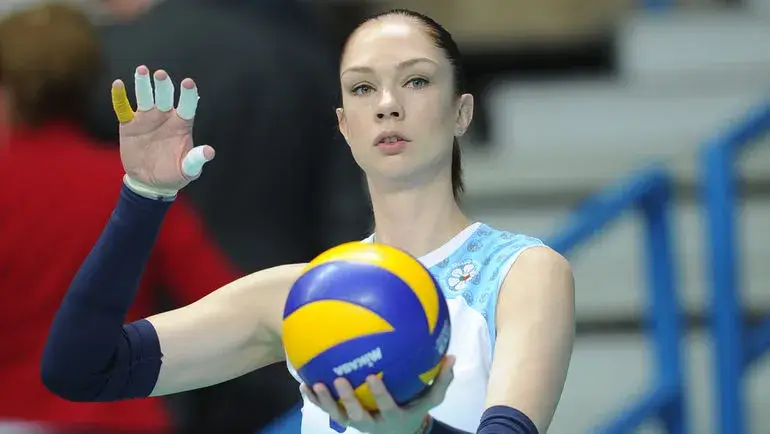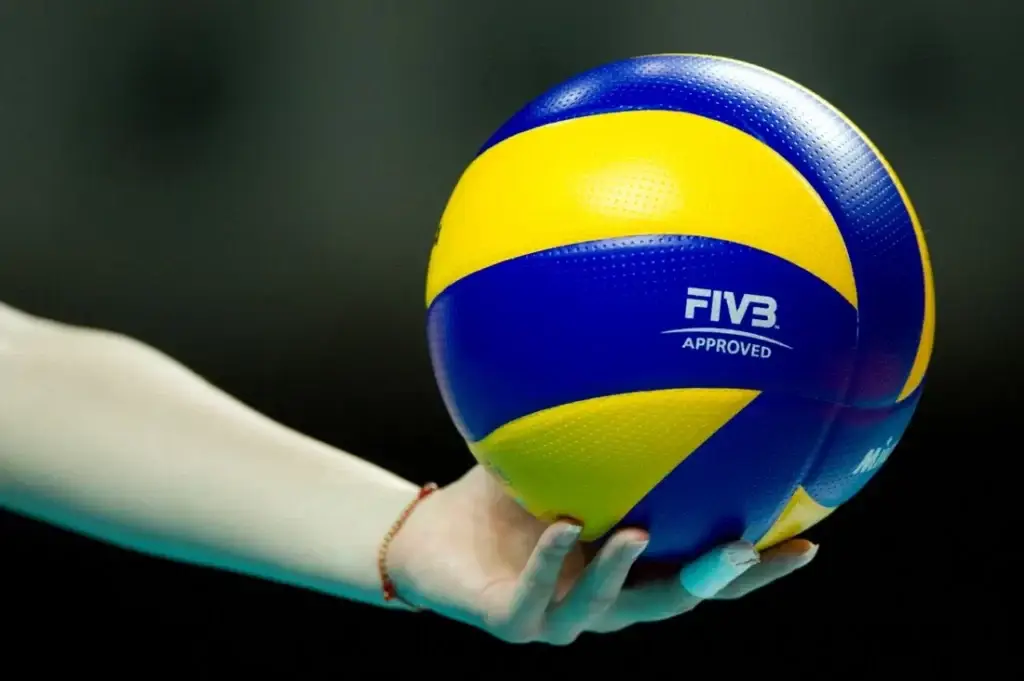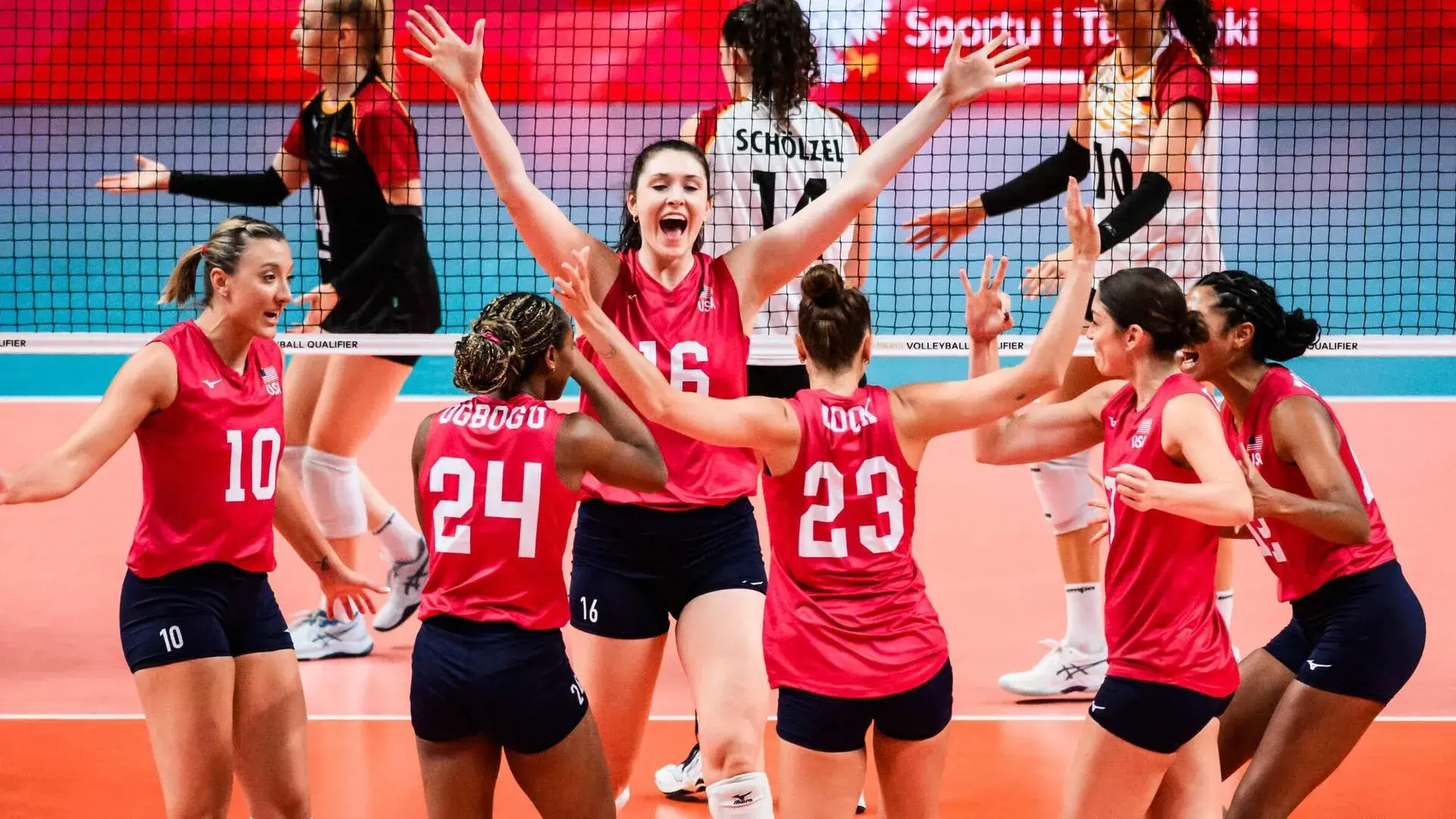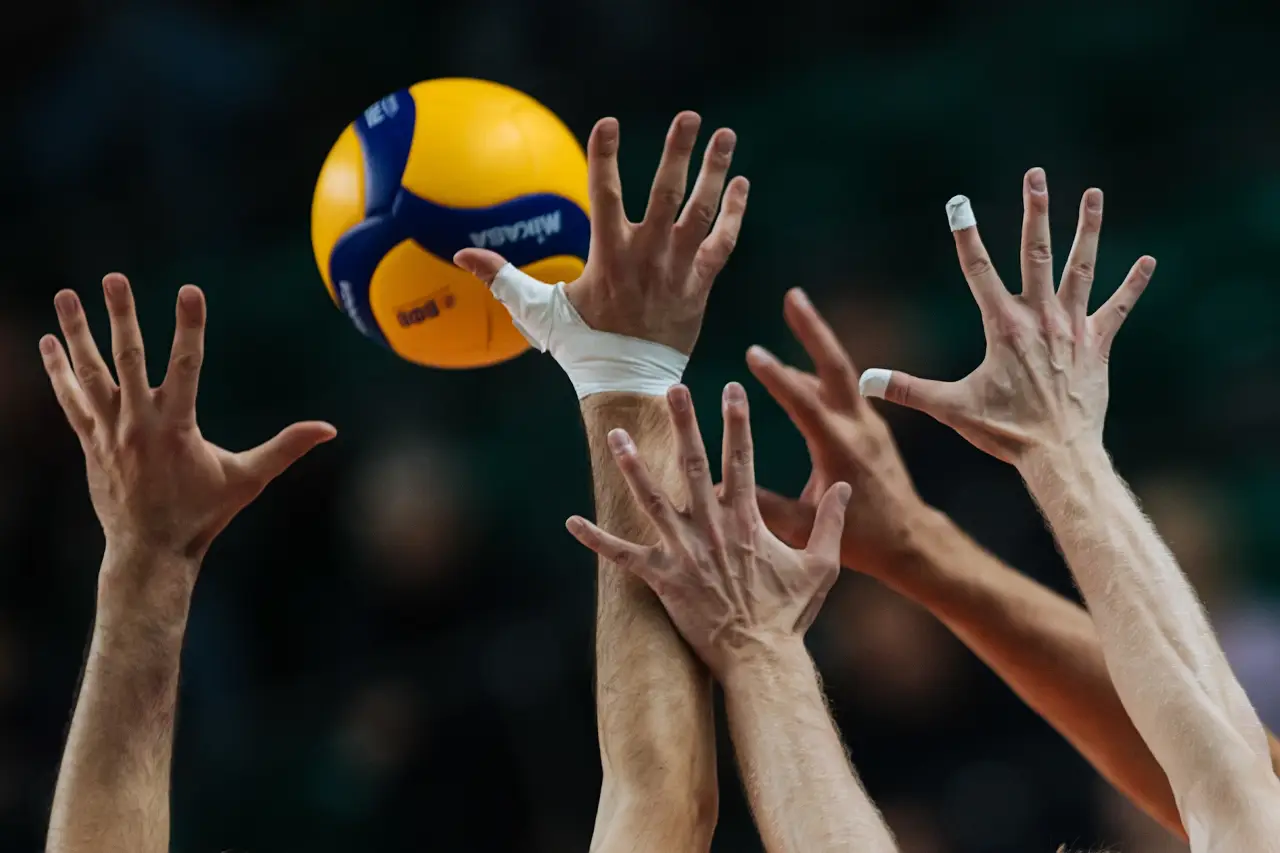Volleyball stars are style icons, idols for millions. They shape the culture of volleyball, set trends and inspire a new generation of athletes. Their names become synonymous with success and their performances become role models. Thanks to famous volleyball players, the sport is becoming increasingly popular and entertaining.
William Morgan – the inventor of volleyball
William Morgan not only invented a new game, he revolutionised the world of sport. In 1895, he introduced volleyball as a universal game accessible to everyone. Morgan created a discipline in which age and physical characteristics did not play a decisive role, but where teamwork and enjoyment of the game took centre stage.

How the idea for volleyball came about
William Morgan came up with the idea when he was head of physical education at the YMCA in Massachusetts. He wanted to offer an alternative to basketball that was less traumatic but just as exciting. This led to the first rules, which were inspired by elements of tennis, basketball and handball. Famous volleyball players later recognised that Morgan had revolutionised the world of sport.
The first rules and characteristics of the game
In the early days of volleyball, there were very different parameters, including a net whose height changed over time and a volleyball that was much heavier at the time. The rules were improved and the game took on the unique dynamic we know today. The net became higher, the court was standardised, and so volleyball developed into the fast and exciting sport that is so popular today.
Giba is Brazilian pride
Giba’s dynamism, technique and incredible tenacity have inspired many young players to strive for the top. Giba is a recognised symbol of Brazilian volleyball and a true legend among volleyball players of his time.
Rise to the top
The athlete began his career at a young age. Even as a child, he showed talent and passion for the sport. Not everything went smoothly – he had to overcome many difficulties, including serious injuries. Giba won world championships and triumphed at the Olympic Games. His ability to lead the team, his powerful serves and his strategic actions on the court repeatedly helped the Brazilian national team to first place.
Ekaterina Gamova is a great star of women’s volleyball
 Ekaterina Gamova is a famous name that rings with pride in the hearts of all Russian volleyball players and fans of the discipline. Her tall stature, precise strokes and incredible stamina made her one of the greatest sportswomen of our time.
Ekaterina Gamova is a famous name that rings with pride in the hearts of all Russian volleyball players and fans of the discipline. Her tall stature, precise strokes and incredible stamina made her one of the greatest sportswomen of our time.
The beginning of her career and her first successes
Ekaterina was born in Chelyabinsk and was characterised early on by her tall stature and excellent coordination. Her path to success began in local clubs, where she attracted the attention of coaches and was soon included in professional teams.
Games for the Russian national team
Playing for the Russian national team brought Gamova fame. She took part in two Olympic finals (2004 and 2012) and became one of the team’s key figures. Her famous attacks and fearlessness made Gamova one of Russia’s most popular and recognisable volleyball players, and she won the love and respect of fans around the world.
Retirement from sport and other activities
After the end of her career, Gamova did not give up volleyball. She began working as a coach and took an active part in popularising women’s sport in Russia. Outstanding volleyball players like Ekaterina Gamova are a role model for the younger generation and show that sport is not only physical activity, but also passion, perseverance and work on oneself.
Karch Kirai – American champion on the sand and indoors
Karch Kirai was the first player to win Olympic gold medals in both classical and beach volleyball. He was part of the US team in 1984 and 1988 and shone on the sand in 1996. Famous volleyball players like Kirai show that talent has no limits and that the sport can be very versatile.
Coaching career and influence on the sport of volleyball
After the end of his career, Kirai dedicated himself to coaching. He managed the US women’s national team and led them to the gold medal at the 2021 Olympic Games in Tokyo. Volleyball greats continue to inspire the younger generation of athletes even after their careers have ended.
Sergey Tetyukhin is the leader of the Russian national team
Sergey Tetyukhin is a living legend of Russian volleyball. His long career and stability have become a role model for many generations of athletes. Tetyukhin has participated in five Olympic Games and won four medals, including gold in London 2012. Thanks to the leadership qualities and experience of the famous volleyball player, the Russian national team was able to reach great heights.
Golden moments in his career
A special moment in Tetyukhin’s career was the London 2012 Olympics, when the Russian national team made a fantastic comeback in the final against Brazil, losing 0:2 in sets. The athlete showed incredible tenacity and leadership qualities by increasing the pressure on the opponent with his powerful serves and precise blocks, which helped turn the tide.
Contribution to Russian volleyball
Sergey Tetyukhin continues to contribute to the development of the sport in Russia by working with young people and helping new generations to learn this exciting sport. He runs training sessions for young athletes, organises master classes and is actively involved in the development of regional volleyball schools. Activities:
- Organisation of training camps for young volleyball players.
- Organisation of masterclasses for young players throughout the country.
- Participation in sports forums and conferences.
- Counselling coaches of youth teams.
- Supporting talented athletes through scholarships and support programmes.
Famous volleyball players and their achievements often become the starting point for future athletes, and Tetyukhin is one to look up to.

Conclusion
 Famous volleyball players inspire, lead and change the history of the sport. Their achievements show that success comes only to those who are willing to work, learn and fight. These legends have left an indelible mark on the history of volleyball, and their example is an inspiration to anyone who picks up a volleyball. Learn from the best, improve your skills and remember that every great athlete started small but strived to achieve greatness.
Famous volleyball players inspire, lead and change the history of the sport. Their achievements show that success comes only to those who are willing to work, learn and fight. These legends have left an indelible mark on the history of volleyball, and their example is an inspiration to anyone who picks up a volleyball. Learn from the best, improve your skills and remember that every great athlete started small but strived to achieve greatness.
 en
en  ru
ru  de
de  ar
ar  es
es  hi
hi  fr
fr  nl
nl  it
it  pt
pt  el
el 



